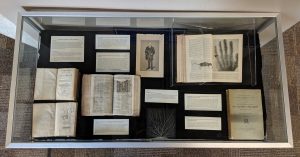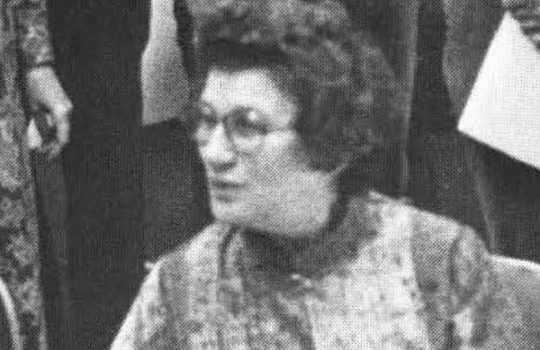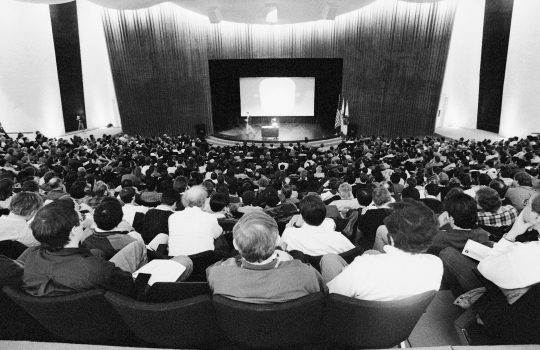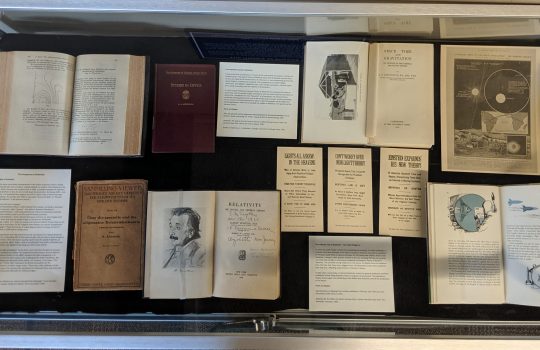
It’s electric! From now through June, see the latest installation in the Fermilab Archives series on the history of physics in print. Photo: Valerie Higgins
Fermilab scientist Erik Ramberg and the Fermilab Archives present a new exhibit, “From Amber to Electrons: A Study of Electricity,” as part of their series on the history of physics in print. The exhibit can be viewed in the glass display case in the Fermilab Art Gallery through the end of June. The gallery is located on the second floor of Fermilab’s Wilson Hall and is open Monday through Friday, 8 a.m. to 4:30 p.m.
The exhibit showcases printed publications, an image, and an object that reflect scientific and conceptual understandings of electricity, from Ben Franklin’s famous kite and key experiment in 1752 to J. J. Thomson’s discovery at the end of the 19th century that electrical currents were made of particles called electrons.
Thales of Miletus was arguably the world’s first scientist and the best scientist of the ancient world. In 600 BC he investigated static electricity. He learned that when amber is rubbed by fur, the amber can move small particles around without touching them. The word for amber in Greek is “elektron.” Thales’s natural philosophy was based on the idea that water is the fundamental ingredient of the world, and he presumed that electricity was some unique form of fluid.
From the ancient investigators to now, we have learned that the electron is only one of the three fundamental charged leptons — the electron, muon and tau. Each of the leptons can produce a “current.” Why are there three generations and not 10? Why is the mass of the electron so small? These are questions scientists are still trying to answer.
This exhibit was designed by Valerie Higgins, Karin Kemp and Erik Ramberg. Exhibited items are from Erik Ramberg’s collection.



